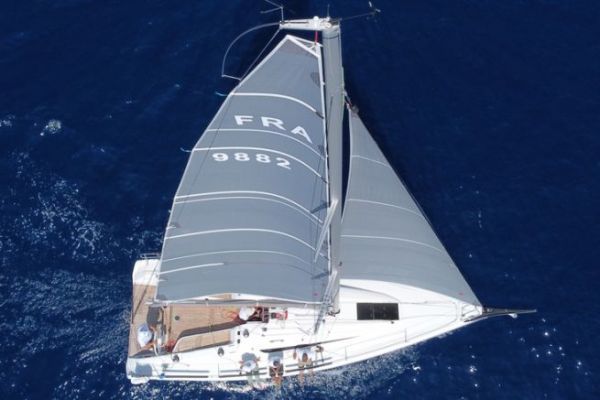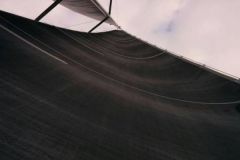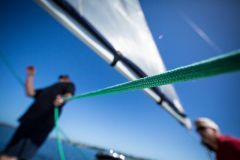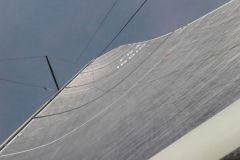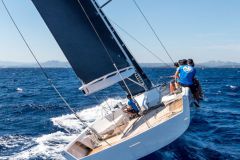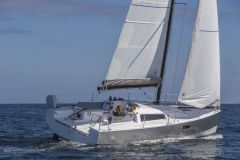Mainsail twisting is as strategic as it is complex. Mastering it not only regulates the sail's power, but also adapts the sail's angle of attack to altitude and wind variations. This topic looks in detail at the technical parameters that determine the twist and their consequences on the sailboat's behavior.
Understanding twisting: a vertical variation in the angle of incidence
Spin is defined as the difference in angle of attack between the base and the top of the sail.
This is due to the wind gradient: the higher you go, the stronger and more changeable the wind.
By twisting the sail, i.e. progressively opening the leech at the top, the incidence at the head of the sail is reduced, allowing this area to be untacked and taking the load off the boat.
This setting is particularly useful in strong winds, to limit heeling, improve helm comfort and avoid premature reefing.
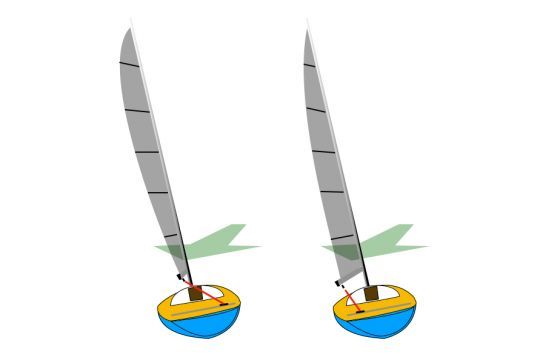
Adjustment tools: vang, sheet, carriage and backstay
A number of mechanical devices are available to control twisting.
- Visit boom vang plays a key role downwind. Relaxed, it lets the boom rise and accentuates the twist. Tightened, it lowers the boom, closes the leech and limits heeling.
- L' mainsheet also influences twist. Shocked, it allows the boom to rise, increasing twist; tucked, it reduces the angle of cant.
- Visit listening carriage this allows you to modify the pull point without altering the sail's profile. By raising the traveler to windward, you can obtain a significant twist without changing the angle of attack.
- Finally, the backstay by bending the mast, acts indirectly on the leech. Tightened, it opens the leech at the top, accentuating the twist. Released, it closes the leech.
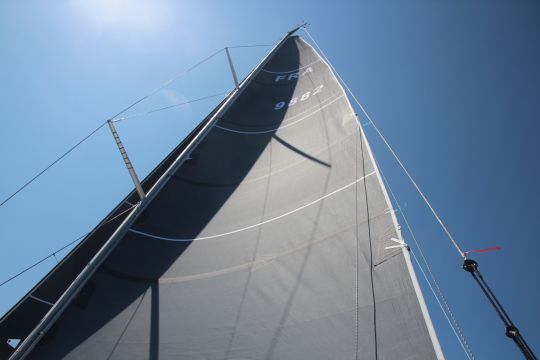
Limit heeling and delay reefing
In strong winds, an accentuated mainsail twist effectively reduces the power generated upwind. This reduces heeling torque, eases the helm and stabilizes the yacht's trajectory.
This setting is often used in regattas to delay reefing without compromising balance. In these conditions, figarists don't hesitate to twist the sail hard while keeping the mainsail up, the traveler upwind, and the downhaul moderately taken up.
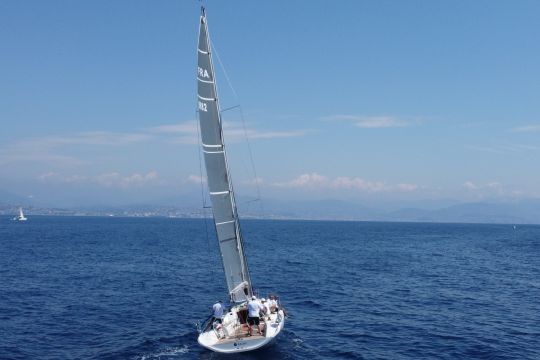
Adapt spinning to wind speed and strength
The optimum setting varies according to pace and weather conditions.
- Up close a moderate twist provides a good heading without putting too much strain on the helm.
- Full and through : it is preferable to increase the twist to accompany wind variations.
- Downwind spin: to let excess power escape and prevent a luffing start.
Each configuration requires a compromise between power, heading and comfort.
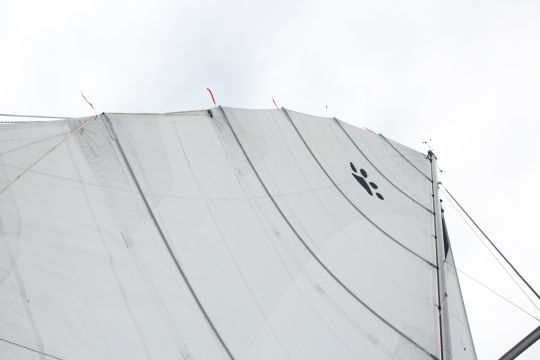
Visualize the flow with drop pens
Observation of the fall penons is the most accurate indicator of twisting.
Good trimming means parallel penons all the way up. If the top one stalls or flaps to leeward, the sail is too twisted. If it sticks to the upper surface, the twist is insufficient.

 /
/ 